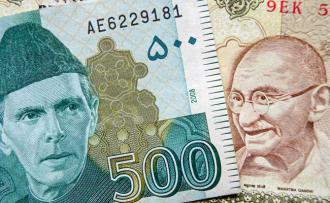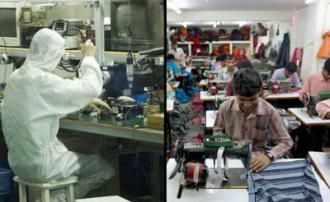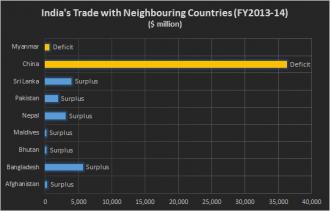
Govt imposes a minimum import price of Rs.500/kg on pepper
The Dollar Business Bureau In order to protect the interests of local pepper growers, the Government has cleared a proposal from the Spices Board to impose a minimum import price (MIP) of Rs.500 per kg on the spice. “The Ministry of Commerce and Industry has approved the proposal of the Spices Board for fixing the CIF value of Rs.500 per kg as MIP for pepper to protect the interests of pepper growers,” said an official statement. In recent times, decline in the domestic pepper price due to cheaper import of pepper from other origins has been a major concern among pepper growers, it said. The prices of pepper have declined by nearly 35% in a year and have led to a lot of hardship ...

Minimum import price of areca nuts enhanced
The Dollar Business Bureau The government today announced an increase in the minimum import price (MIP) of areca nuts by Rs.89, from existing Rs.162 to Rs.251 per kg, to encourage domestic producers and discourage low-cost inferior-quality imports of the product from the neighbouring countries. In its latest notification No.35/2015-2020, dated January 17, 2017, the central government amended the import policy of areca nut under Exim Code 080280 of Chapter 8. It should be recollected that in June 2015 too the government had increased the minimum import price of areca nuts by Rs.52 to Rs.162 per kg. In an official statement then released the government had specified, "On account of unabetting import of areca nut from neighbouring countries such as Indonesia and Myanmar taking the advantage of low import duty ...

'Government must regulate import of natural rubber to protect domestic industry
The Dollar Business Bureau The government should regulate the import of natural rubber during peak season through designated ports and must ensure quality check to protect the domestic industry, a parliamentary panel has said. “Imports should be need based and the quantum of imports may be determined on the basis of the gap between the domestic production and consumption,” said the parliamentary standing committee in its report presented in the parliament on Thursday. Expressing concern over steep fall in the price of natural rubber, the panel asked for an immediate intervention from the government. “Unless the necessary measures are taken, there is a possibility of growers shifting to other crops,” it said. The panel also took note of the challenges faced ...

India, Pakistan need to work on tariff lines: Envoy
The Dollar Business Bureau Pakistan’s High Commissioner in India, Abdul Basit, on Wednesday, stated that India and Pakistan need to work on improving non-trade barriers, in order to ease their bilateral trade. Speaking to media at an event organised by the MCC Chamber of Commerce, the official also stated that India and Pakistan should narrow down the list of sensitive items that are facing trade challenges between the two countries. In this regard, Abdul Basit informed that there are totally 1,209 tariff lines, under which the products are defined at higher levels for the purpose of setting import duties, which India cannot export to Pakistan, under Pakistan’s sensitive list. On the other hand, under the sensitive items list on India’s side, Pakistan cannot ...

Why an India-China FTA makes negative sense!
Steven Philip Warner | @TheDollarBiz While India has largely remained an exporter of traditional raw materials, China has moved up the value chain in exports. An FTA between the two nations will only benefit China (much) more. (L - Inside the biggest CCTV, surveillance camera company, in China, April, 2010 in Shenzhen; R- Textile workers in a small factory in Old Delhi, February, 2008 in Delhi, India) It’s surprising how many stakeholders and policymakers in India are proclaiming an India-China Free Trade Agreement to be a matter of “macroeconomic exigency”. Given China’s dominance in the world of foreign trade in recent years, especially exports, this seems a measured idea from a distance. But closer observation proves that this elixir of ...

Trade deficit with China dwarfs Indias trade surplus with SAARC countries
The Dollar Business Bureau | @TheDollarBiz India’s trade surplus is high with Bangladesh, Nepal, and Sri Lanka. India’s trade deficit with China stood at a staggering $36.22 billion in FY2013-14, which is almost two-and-half times the trade surplus of $14.87 billion India enjoys with members of the South Asian Association for Regional Cooperation (SAARC) comprising Afghanistan, Bangladesh, Bhutan, Maldives, Nepal, Pakistan and Sri Lanka. According to India’s Minister of Commerce Nirmala Sitharaman, China is currently India’s largest trading partner in bilateral trade, and the widening trade deficit with China is a major concern for India. She said that the recent MoU on Cooperation on Industrial Parks in India is expected to bring investment from China into India. “This will accelerate ...


